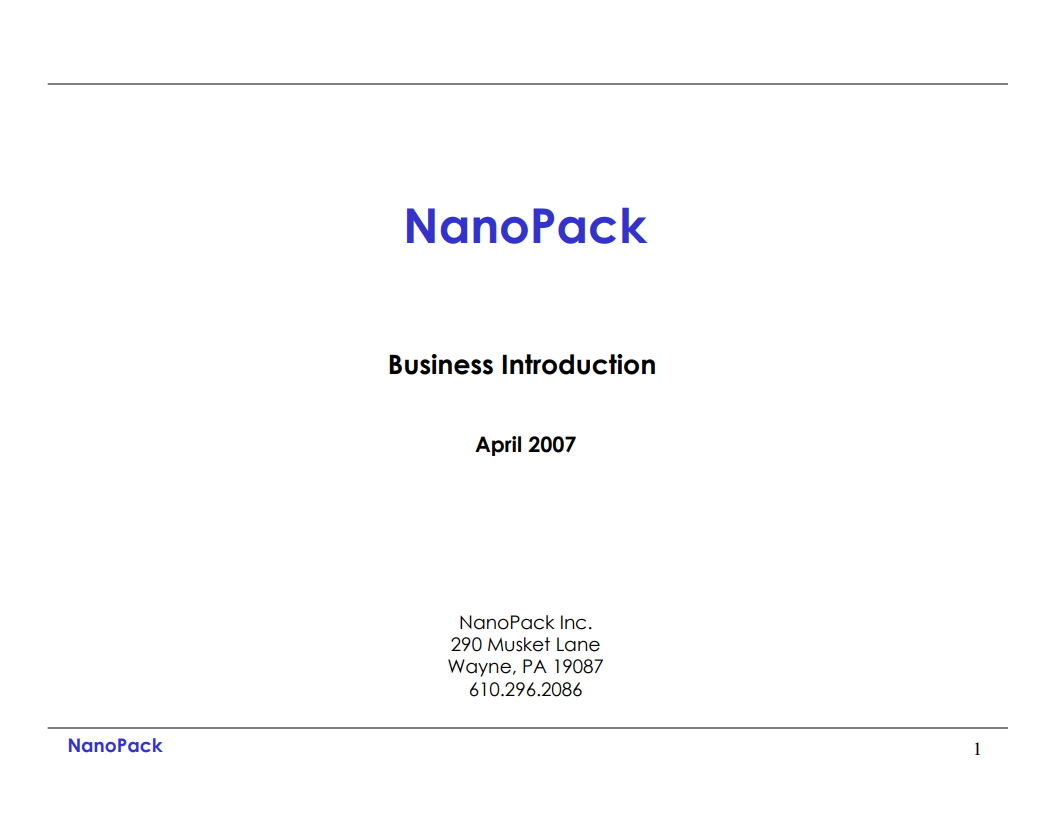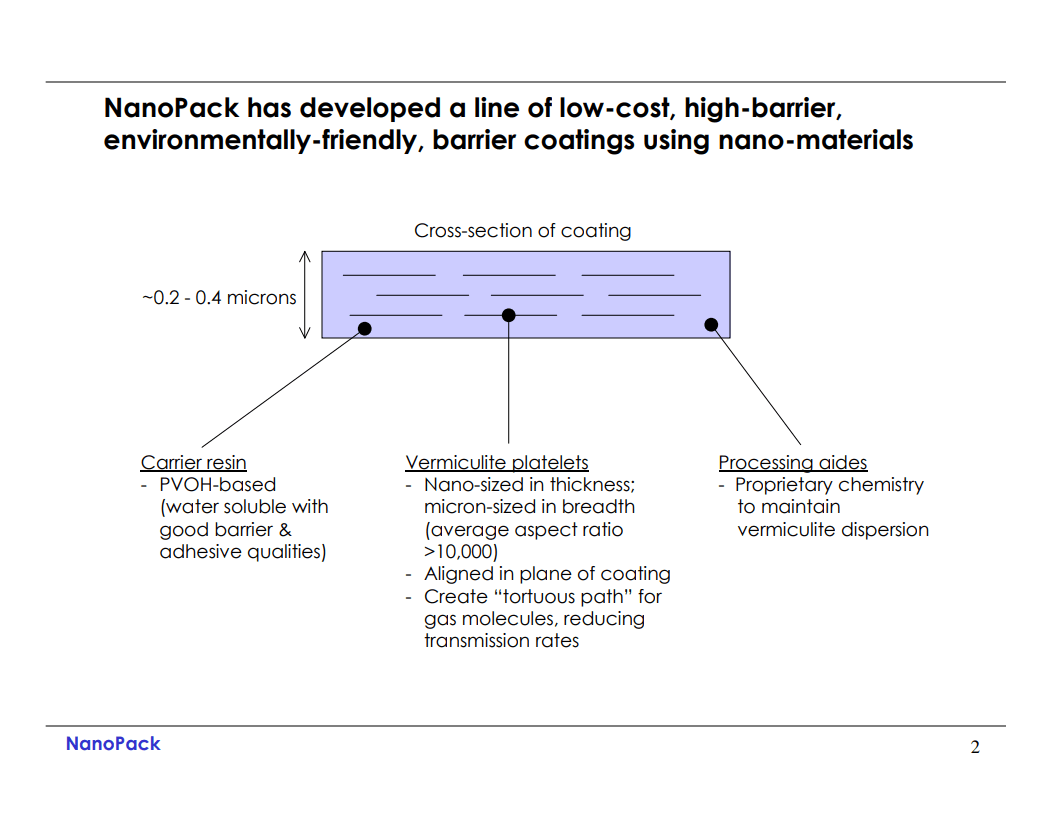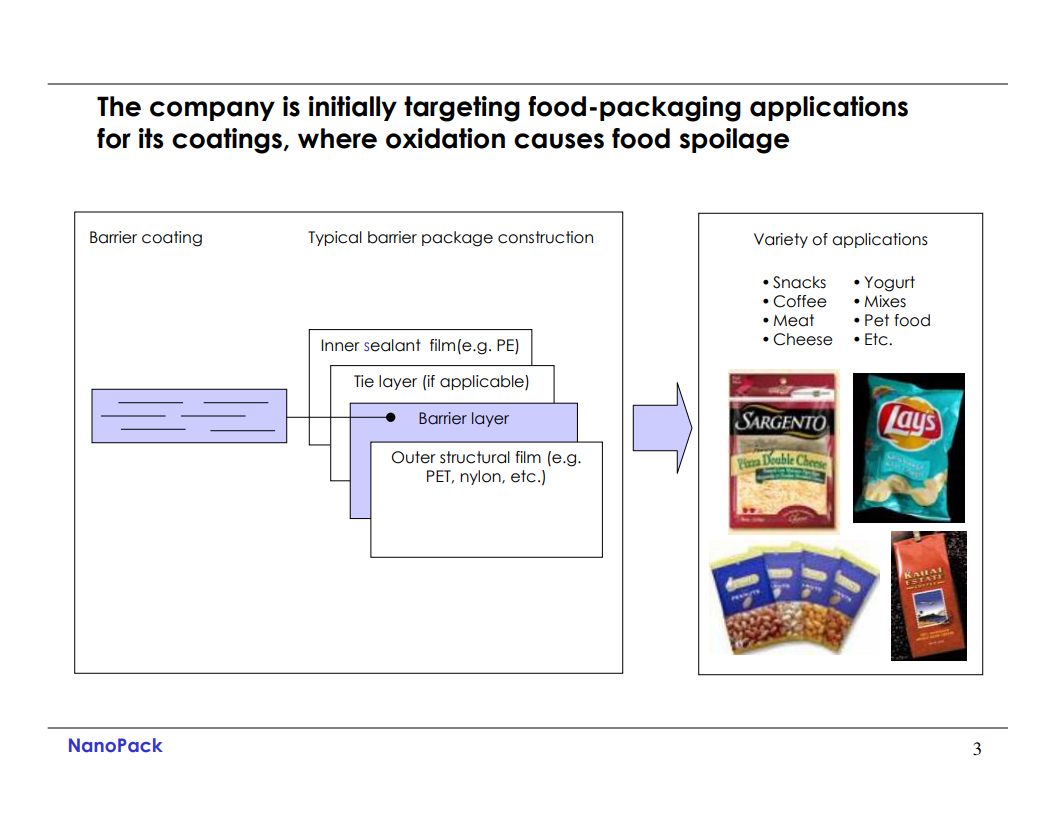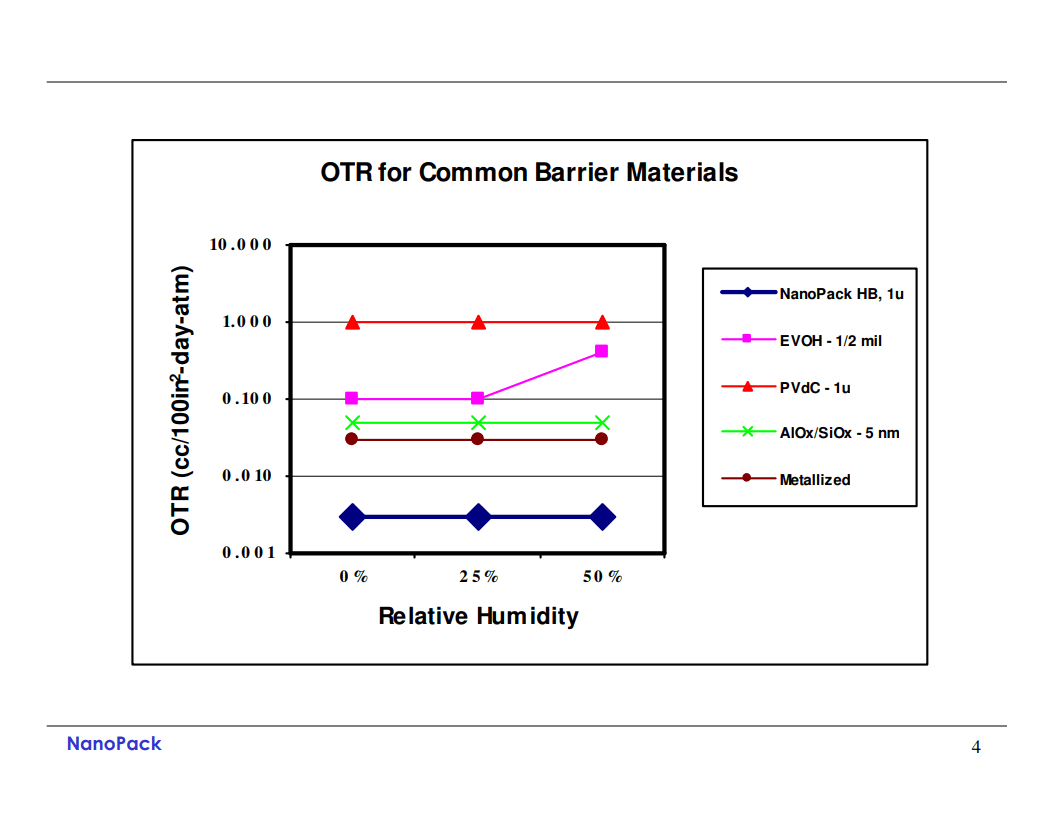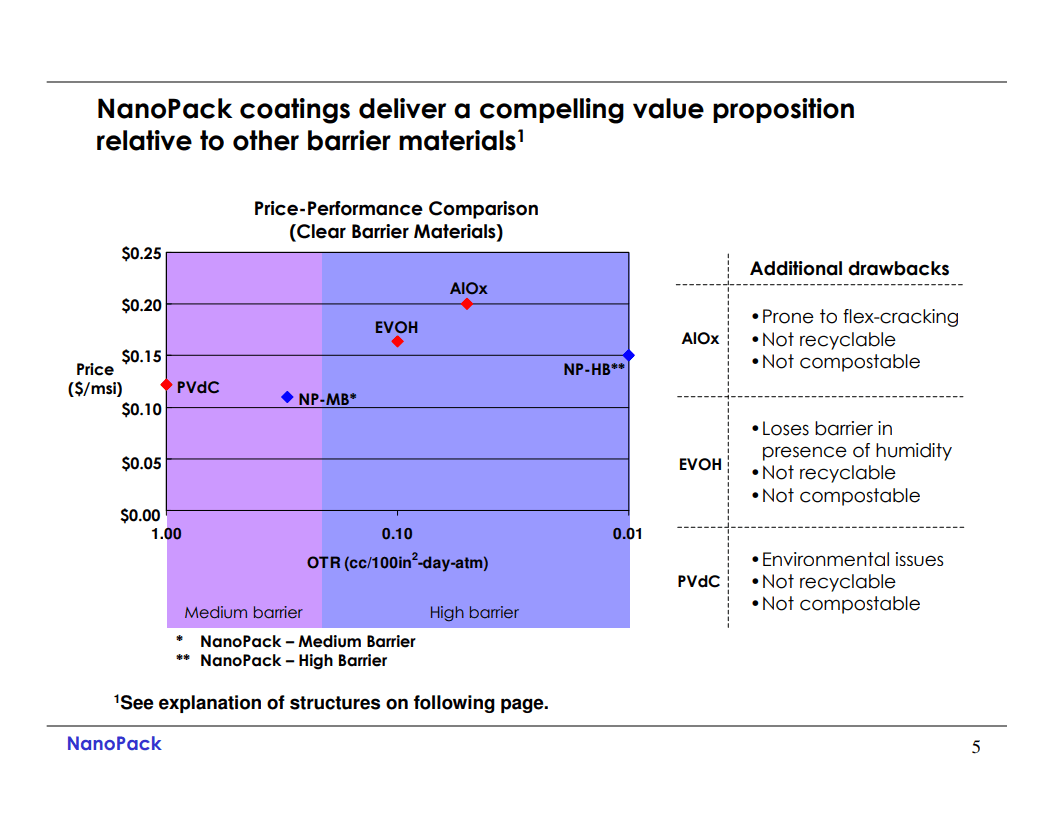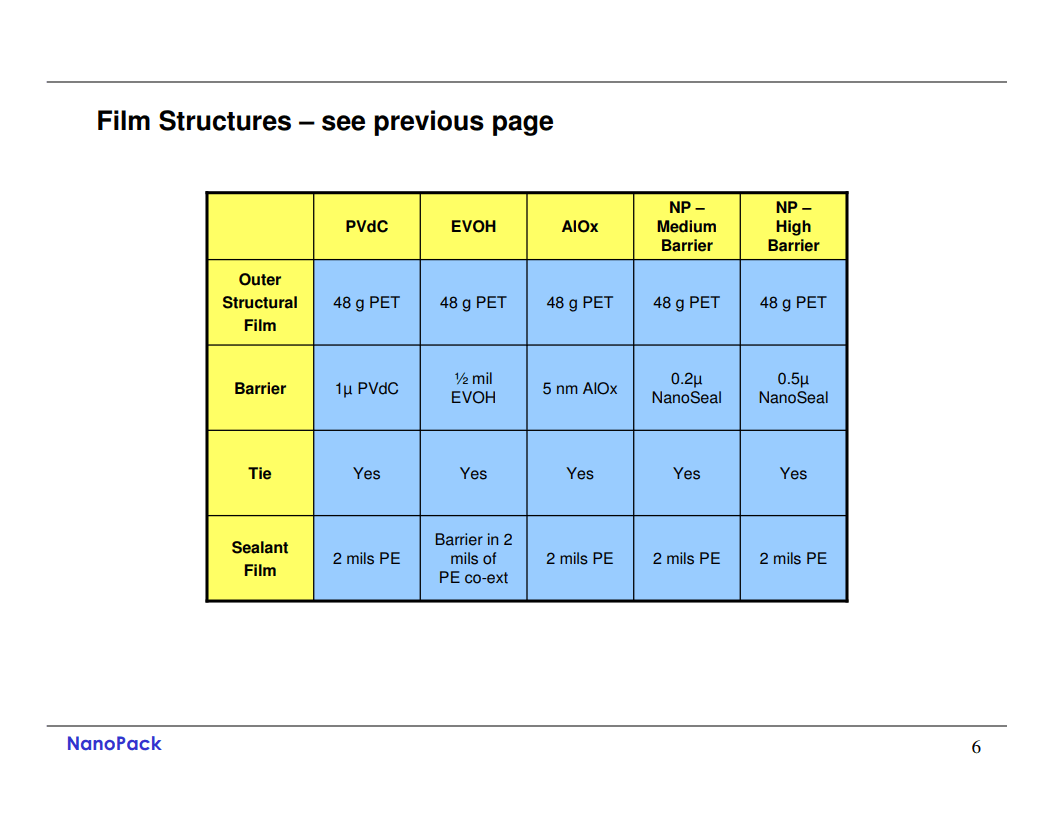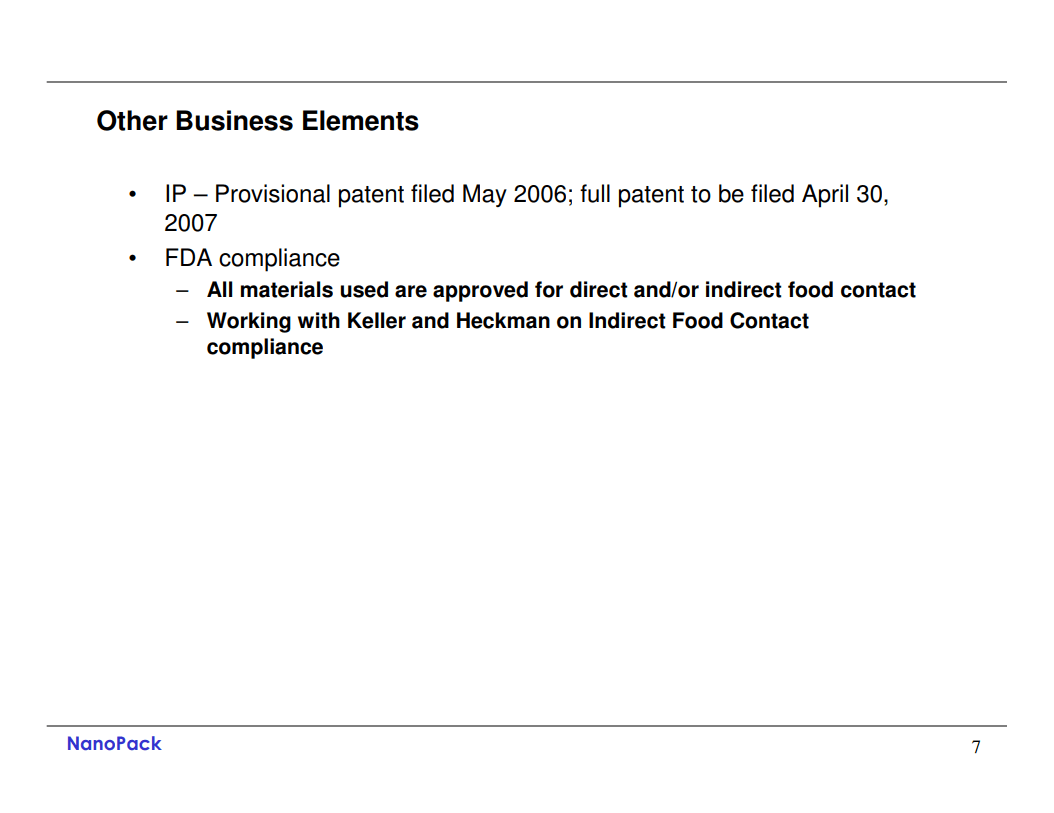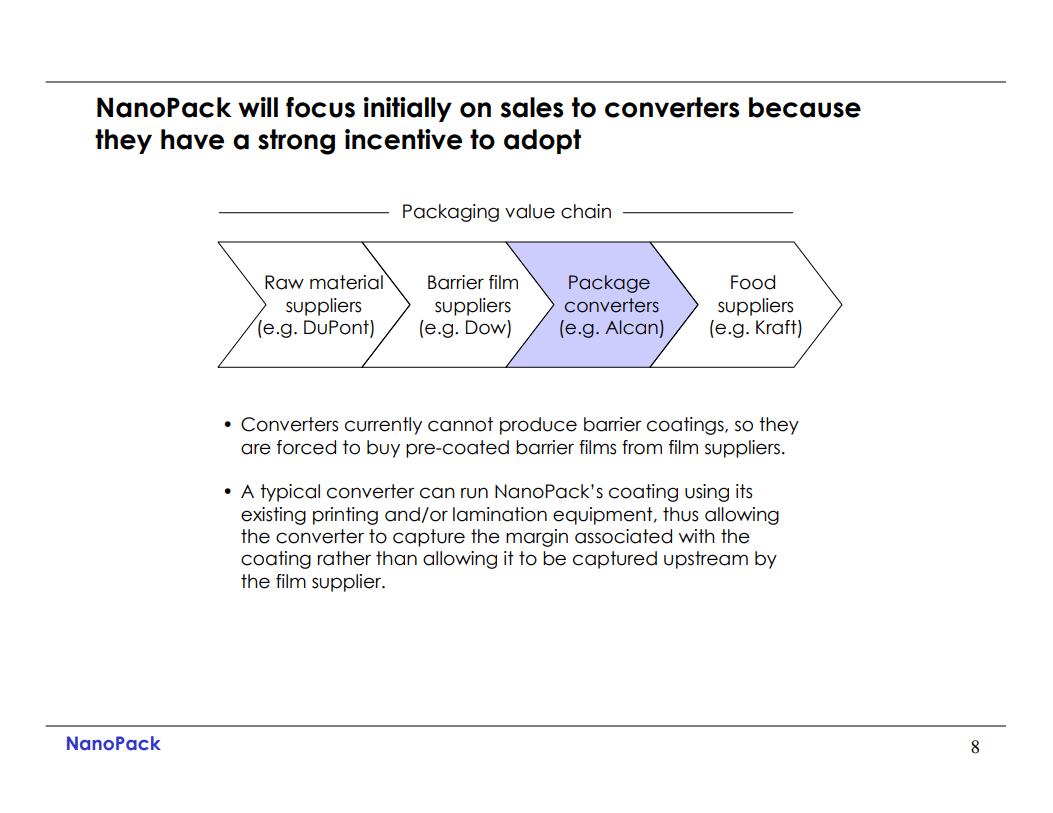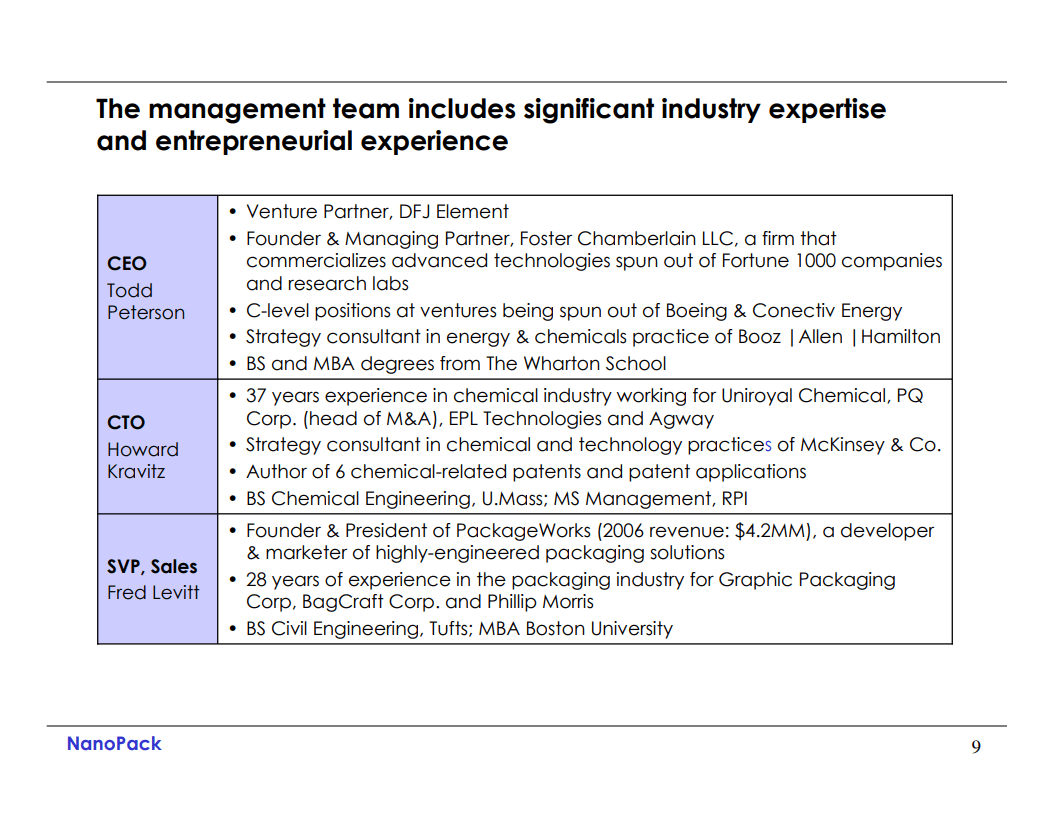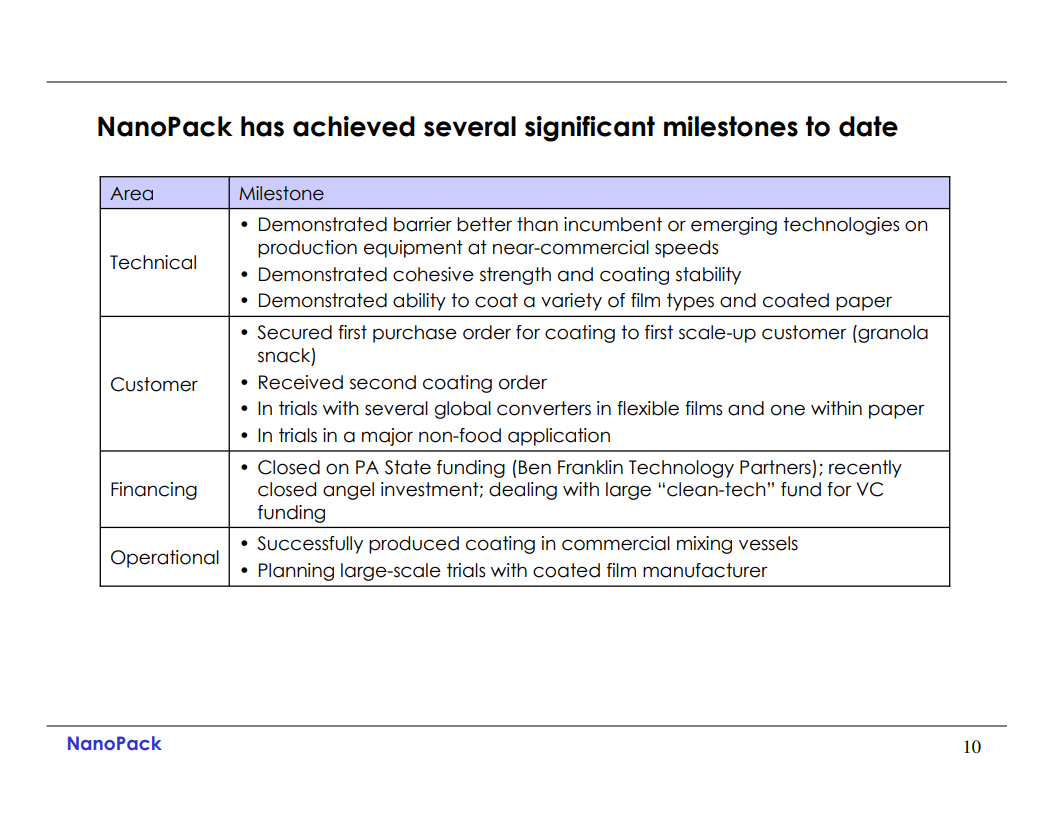Sustainability and Innovation
Nelson Packaging is committed to providing eco-friendly packaging solutions. EcoFlex 2 and Eco Flex 5 are recent examples of recycle-ready packaging with barrier. Nelson Packaging values sustainability and environmental responsibility. Packaging design is geared toward using less material while still maintaining packaging integrity.
Be sure to read our sustainability checklist to learn how we're committing to the environment!
We look for the latest industry trends and innovations that help reduce your packaging foot print, improve machinability, and ensure package integrity. Nelson Packaging always works to provide the best packaging solution. Our team of converting partners are committed to continuous development in packaging improvement.
Water Technology
The following technical specifications describe EcoFlex coatings for packaging films and discusses the benefits (performance, economic and environmental) of using them in place of other optically-clear, barrier packaging materials.

